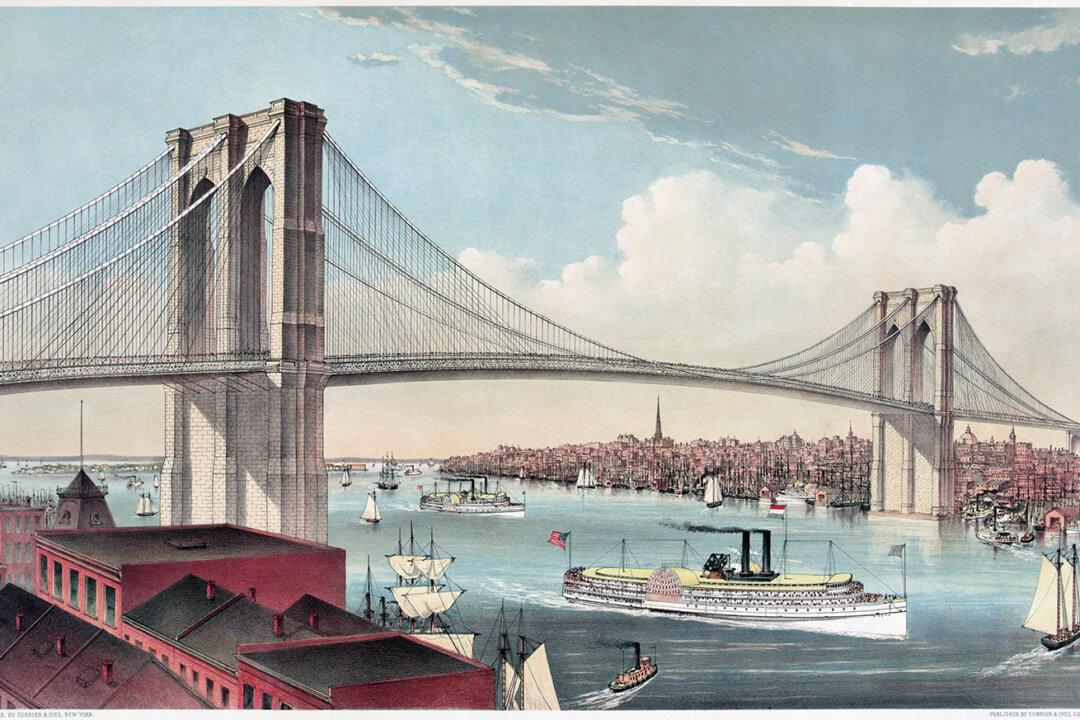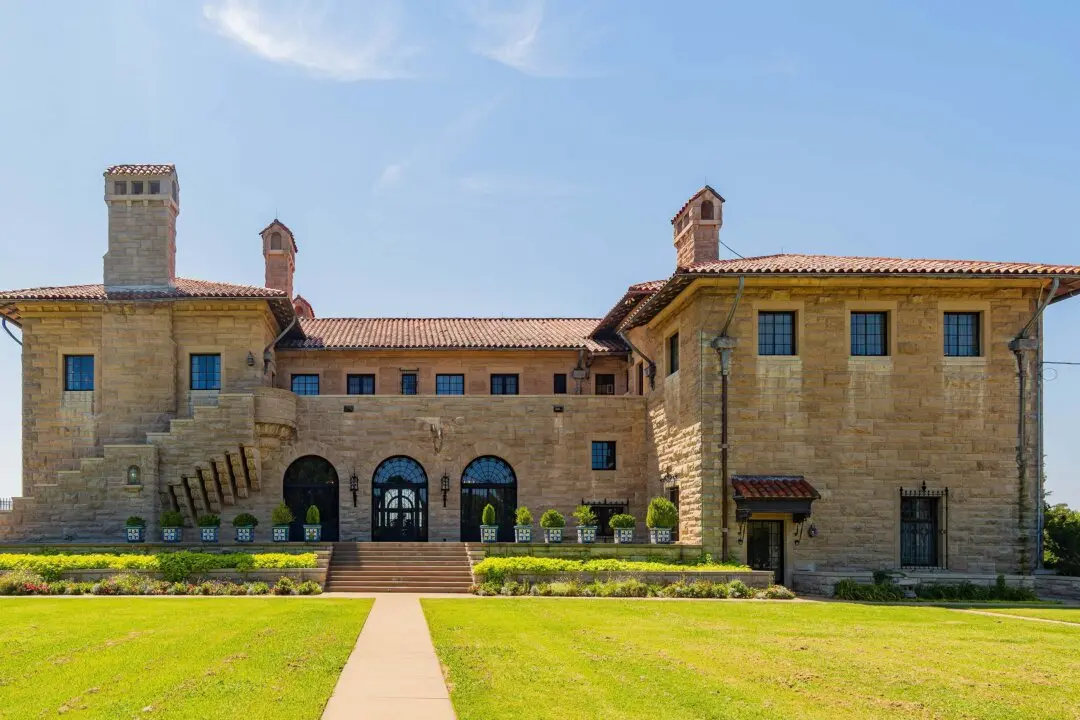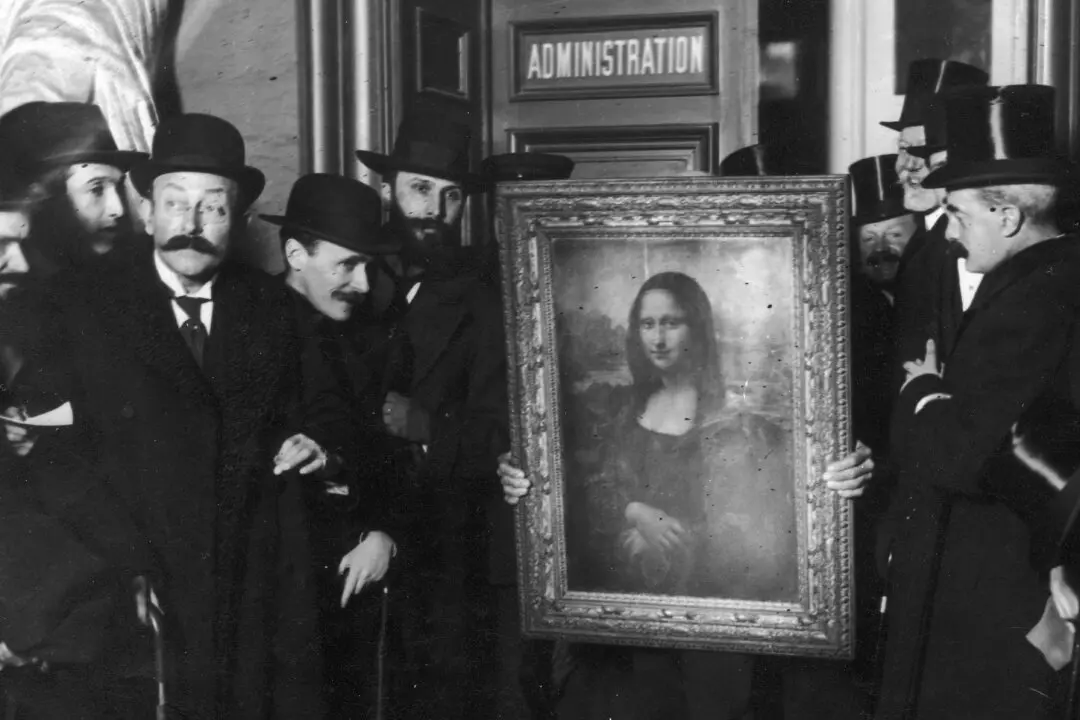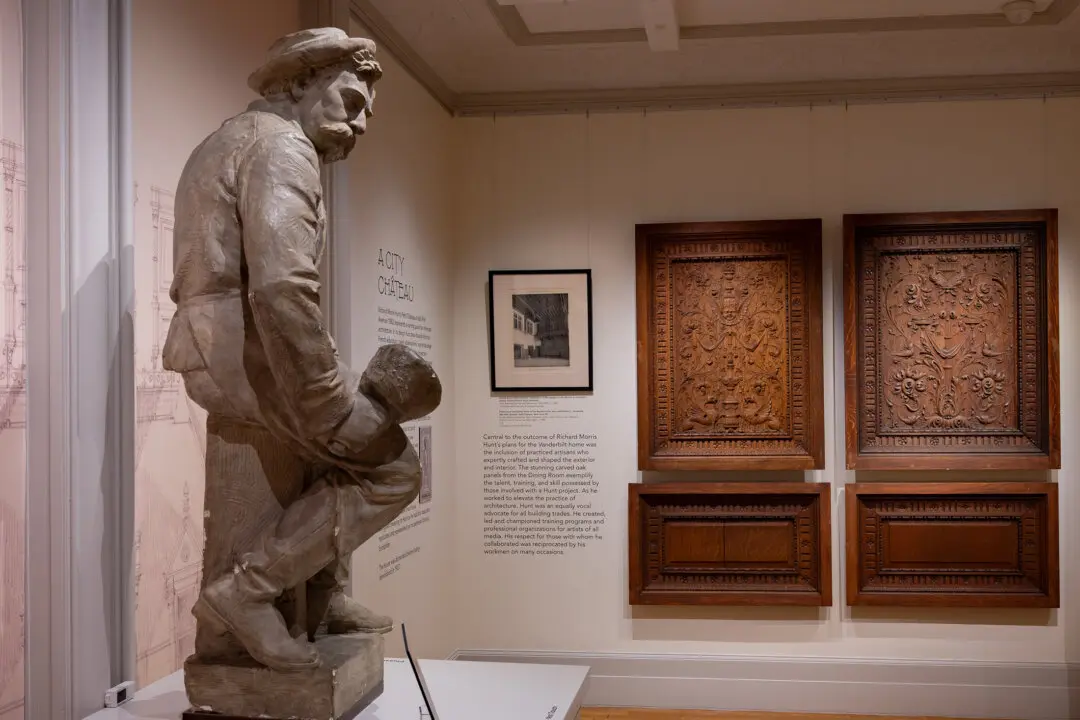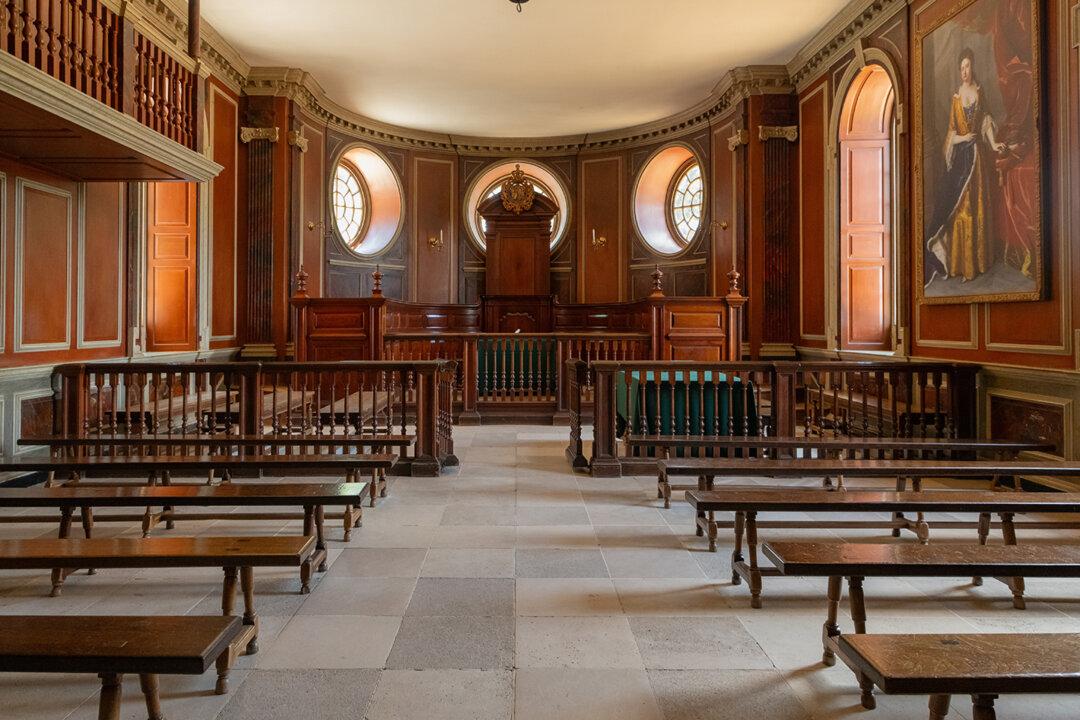After many long years of planning and building, along with numerous setbacks, the Brooklyn Bridge opened to traffic on May 24, 1883.
The first vehicle to cross the bridge was Emily Roebling’s horse-drawn carriage. Emily carried with her a rooster in a cage, symbolic of the victory realized that day. The victory was wrought from the darkness of the bridge’s deep underwater foundations, now realized in the vast structure that towered in the light traversing the river. As Emily gazed up at the bridge’s great Gothic arches, which resembled the windows of a mighty cathedral, she reflected on her 11-year struggle, carrying a torch passed to her from her father-in-law, John Roebling, and her husband, Washington Roebling. Before the Brooklyn Bridge could come to symbolize a mighty American city, it had to begin with the vision of one man.

